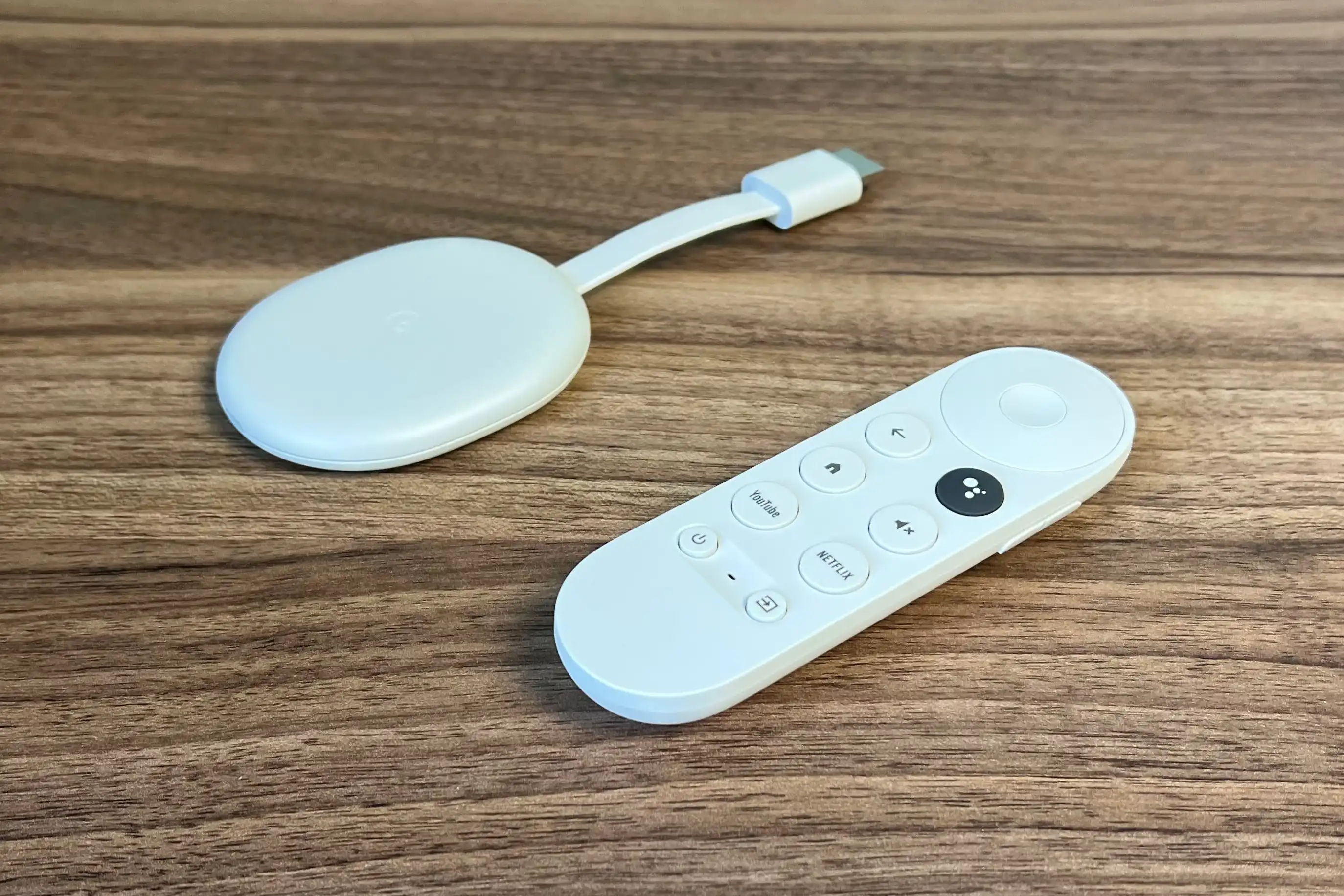Tech
Chromecast without WiFi

Chromecast is a popular device that allows users to stream content from their smartphones, tablets, or computers to their TV screens. Typically, Chromecast requires a WiFi connection to function properly. However, there are situations where you might want to use Chromecast without WiFi.
This article explores various methods and solutions to use Chromecast without WiFi, ensuring you can enjoy your favorite content even when a wireless network is unavailable.
Understanding Chromecast and its requirements
Chromecast is a streaming device developed by Google that plugs into the HDMI port of a TV. It enables users to cast videos, music, and other content from their devices to the TV screen. Chromecast relies on a WiFi network to connect the casting device (such as a smartphone) and the TV.
Why use Chromecast without WiFi?
There are several reasons why someone might want to use Chromecast without a WiFi connection:
- Limited or no WiFi access: In locations with limited or no WiFi access, such as hotels or rural areas.
- Data security: Avoiding public WiFi networks to maintain data security and privacy.
- Travel convenience: Simplifying the setup when traveling or using a portable WiFi hotspot.
Methods to use Chromecast without WiFi
One of the simplest ways to use Chromecast without traditional WiFi is by using a mobile hotspot. This method allows your smartphone to act as the WiFi network for the Chromecast.
Steps to use a mobile Hotspot:
- Enable Hotspot: Turn on the mobile hotspot feature on your smartphone. This can usually be done through the settings menu under “Network & Internet” or “Connections.”
- Connect Chromecast: Plug in and set up your Chromecast device. Connect it to the mobile hotspot network.
- Cast content: Open the app you want to cast from on your smartphone and select the cast icon. Choose your Chromecast device to start streaming.
Using Guest Mode
Chromecast’s Guest Mode allows users to cast content without connecting to the same WiFi network. This is useful in environments where sharing WiFi passwords is not ideal.
Steps to enable Guest Mode:
- Enable Guest Mode: Open the Google Home app on your smartphone. Select your Chromecast device, tap on the settings icon, and enable Guest Mode.
- Share Guest Mode PIN: The Google Home app will display a PIN that guests can use to connect to the Chromecast.
- Cast content: Guests can open a cast-enabled app on their device, tap the cast icon, and enter the PIN to start casting.
Using Ethernet adapter
For a more stable connection, you can use an Ethernet adapter to connect your Chromecast to a wired network. This method eliminates the need for a WiFi network altogether.
Steps to use an Ethernet adapter:
- Purchase an adapter: Buy a Chromecast Ethernet adapter from Google or a compatible third-party adapter.
- Connect to router: Plug the Ethernet cable into the adapter and connect it to your router.
- Set Up Chromecast: Connect the Chromecast to the adapter and complete the setup using the Google Home app.
- Cast content: Once connected, you can cast content as you normally would.
Using a travel router
A travel router can create a local network that Chromecast can connect to, even without internet access. This method is particularly useful for traveling.
Steps to use a travel router:
- Set up travel router: Configure the travel router to create a local network. This can usually be done through the router’s settings interface.
- Connect Chromecast: Plug in the Chromecast and connect it to the local network created by the travel router.
- Cast content: Use your smartphone or another device connected to the same local network to cast content to the Chromecast.
Screen mirroring
Screen mirroring allows you to display your device’s screen on the TV using Chromecast. This method does not require an internet connection but does need a direct connection between the device and Chromecast.
Steps to use screen mirroring:
- Enable mirroring: On Android devices, open the settings and enable the “Cast” or “Screen Mirroring” feature. For iOS devices, use third-party apps like Replica.
- Connect to Chromecast: Select your Chromecast device from the list of available devices.
- Mirror screen: Your device’s screen will be mirrored on the TV. You can now play offline content directly from your device.
Benefits and limitations
This section briefly explores the key benefits and limitations of these methods.
Benefits
- Flexibility: Allows you to use Chromecast in various environments without relying on a traditional WiFi network.
- Security: Reduces the risk of using potentially insecure public WiFi networks.
- Convenience: Provides a solution for streaming content while traveling or in locations with limited internet access.
Limitations
- Data usage: Using a mobile hotspot can consume a significant amount of mobile data.
- Compatibility: Not all methods work with every device or Chromecast model.
- Quality: The streaming quality might be affected by the type of connection used, especially with mobile hotspots or travel routers.
Final thoughts
Using Chromecast without WiFi is possible through several methods, each with its own set of benefits and limitations. Whether you’re using a mobile hotspot, Guest Mode, an Ethernet adapter, a travel router, or screen mirroring, these solutions provide flexibility and convenience for streaming content in various situations.
By understanding and utilizing these methods, you can ensure a seamless streaming experience with your Chromecast, regardless of your WiFi availability.
